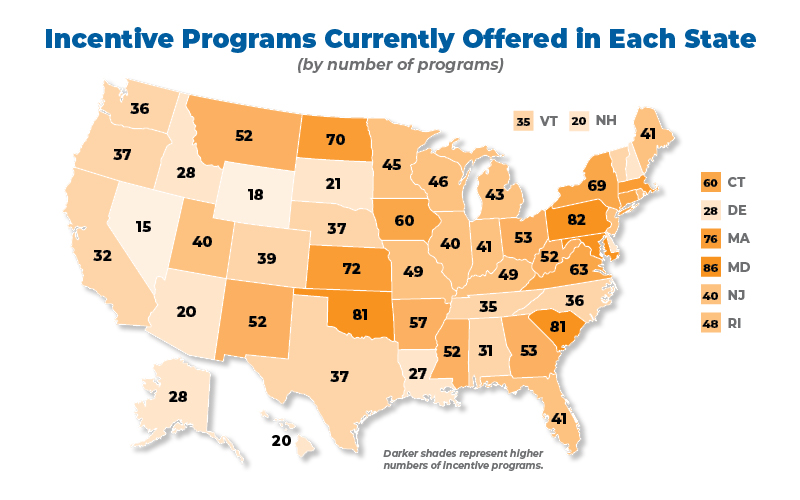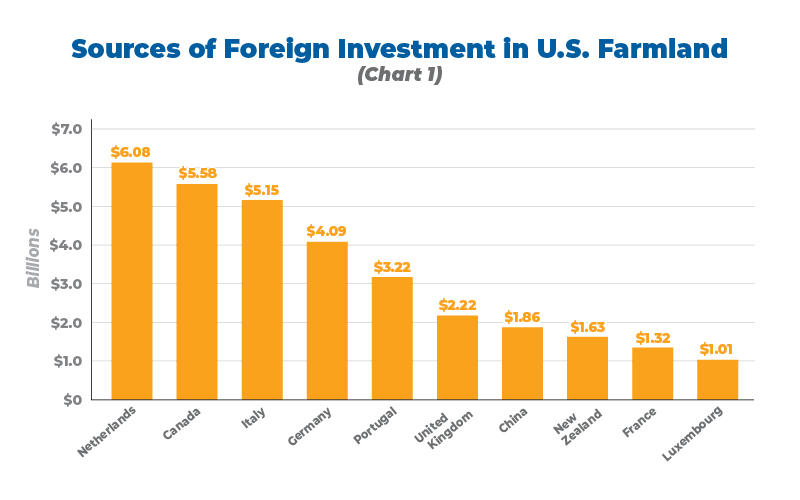
In an effort to compete in our global economy, each state in the U.S. relies on economic incentives to attract corporations. Depending on one’s view of incentives, this can be thought of as economic development, or corporate welfare, or even crony capitalism.

According to one 50-state evaluation, Iowa has 60 programs, the most among its neighbors. Unfortunately, the benefits of these programs is questionable. Even Iowa’s own Department of Revenue found inconclusive results due to data limitations on the impact of certain credits
Thankfully, Iowa’s recently enacted historic tax cuts rein in some of these corporate tax credits but there is still more that can be done.
Learn what lawmakers can do to create a competitive and fair business climate for all in Iowa.
For fifteen years the American Legislative Exchange Council (ALEC) has produced Rich States, Poor States: ALEC-Laffer State Economic Competitiveness Index. This broad index measures 15 policy variables that ALEC has deemed important to economic growth, with a particular focus on tax and spending policies.
The report ranks Utah and North Carolina in the top two positions thanks to their fiscally conservative pro-taxpayer policies. Iowa is currently ranked 32nd nationally, placing it squarely in the middle of our neighboring states.

However, this ranking is set to climb thanks to recent personal and corporate income tax cuts, and the elimination of the inheritance tax last year. Governor Reynolds and the legislature understand that Iowa is in economic competition with other states and more people are responding to tax rates by voting with their feet. This was one of the reasons why they passed such a sweeping tax reform measure this year.
See how Iowa can continue to learn from North Carolina and Utah’s gold standard policies and put our state in the fast lane to economic prosperity.
With the disruption of the global supply chain impacting everyday supplies that families need to survive, there is no question that the massive acquisition of American farmland and our capacity to produce food is a growing concern.

John Hendrickson’s recent article, Foreign Acquisition of American Agriculture, has understandably become a hot topic with over 30 (and counting) news outlets and policy experts across the country sharing it.
In case you missed it last week, you can read the full article here.
We all know that debt burdens taxpayers and can crowd-out other priorities from the budget. But in a time when many of our cities are experiencing aging infrastructure, it’s not unreasonable to see cities refinancing debt or issuing new bonds to pay for utilities its citizens will use every day. However, cities now have the task of being good stewards and paying off their debt in a timely manner without taking on additional burdens. A temporary increase for a good reason is understandable, but constant, high levels of debt put the taxpayer on the hook for future obligations.
The table below provides a quick snapshot for Iowa cities with some of the largest amounts of outstanding debt.

Read more about municipal debt here.
